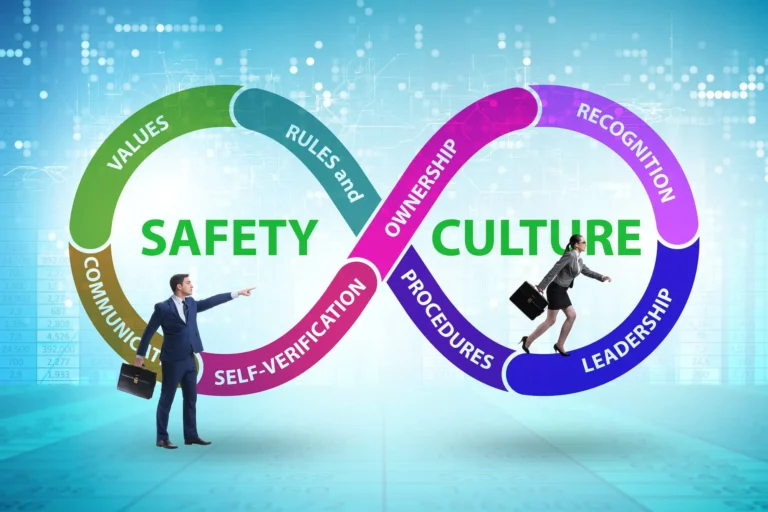Embarking on a career as a dental assistant promises a blend of patient care, technical proficiency, and the satisfaction of contributing to overall health and wellbeing. However, like any profession, the day-to-day reality can differ from initial expectations. This blog post delves into the heart of the dental assistant’s role, comparing the expectations against the real-world experience and shedding light on the nuances of the profession.
Expectations of the Role

Many enter this profession with the expectation that their role will primarily revolve around patient care and support for the dentist. The anticipated tasks often include preparing examination rooms, sterilizing instruments, and assisting during procedures by handing instruments to the dentist. This view highlights the role’s patient-centric and supportive aspects, suggesting a straightforward path to making a meaningful impact in dental care.
Prospective dental assistants often view the profession as a stable and rewarding career path with clear opportunities for professional growth. This perspective is significantly shaped by the structured nature of training, which not only equips candidates with the necessary skills to begin their careers but also outlines a pathway for continuous advancement.
They anticipate a structured trajectory, where acquiring new skills and certifications—often highlighted as key components of their initial training—will lead to higher positions, increased responsibility, and salary growth. This expectation is fueled by the profession’s apparent linear progression and the essential role dental assistants play in the healthcare system, emphasizing how foundational dental assistant training is to set the stage for a promising career.
The Real-World Experience
Working as a dental assistant is more dynamic and challenging than many initially believe. The expectation of a routine job is quickly replaced by the reality of a fast-paced environment where adaptability, quick thinking, and a calm demeanor under pressure are paramount. They must manage a variety of tasks, from patient care to administrative duties, often simultaneously, which can be both stimulating and demanding.
Despite the challenges, working as a dental assistant is immensely rewarding. The discrepancy between expectation and reality often lies in the depth of personal and professional satisfaction that comes from the role. Many of them find greater fulfillment in patient interactions and the positive impact they can have on individuals’ health and self-esteem than they anticipated.
Navigating the Gap: Bridging Expectations and Reality

Entering the field of dental assisting with a set of expectations and encountering the reality can feel like navigating two different worlds. This transition, while challenging, offers a unique opportunity for personal and professional growth. Understanding how to bridge the gap between expectations and experience is key to finding fulfillment and success in the dental assisting profession.
They quickly learn that no two days are the same and that being flexible and open to change is part of the job. Adapting to the unexpected—whether it’s a sudden change in the day’s schedule, a dental emergency, or learning a new administrative system—can transform potential stressors into opportunities for learning and growth. If you liked this article, be sure to also check out our article about: Dental Implants Perfect as Your Normal Teeth?
Conclusion
In conclusion, while the realities of working as a dental assistant may differ from initial expectations, the profession offers a rewarding and dynamic career path. The blend of technical, administrative, and interpersonal skills required makes it a challenging yet fulfilling role, rich with opportunities for those willing to embrace its complexities.







